Daron Aronofsky’s film, Noah, ranges far and wide over Jewish lore and folklore to paint a sometimes fanciful picture of that biblical notable’s watery family romance. Mercifully from my perspective, Aronofsky doesn’t touch mischievous legends that the disobedience of Noah’s second son, Ham, had something to do with the origins of racial difference. Otherwise, young actor, Logan Lerman, might have had to reprise Al Jolson and don blackface.
My UCLA doctoral dissertation on Black-Jewish relations through 1900, completed in 1977, grew over a long gestation period dating back to my undergraduate days when the polite term for African Americans was still “Negro.” The dissertation, though never published as a book, has had significant influence—to the good, I like to think—on the study of what Ben Halpern called “the classic American minorities.” Yet it also included one page among 700 that has caused me considerable embarrassment. I began a chapter with a long discussion of relations of the ancient Jewish kingdoms with Egypt and the peoples of what is today Sudan extending into East Africa. I concluded—on balance—that biblical attitudes were favorable to the beauty and valor of dark-skinned peoples, some of whom fought for or in alliance with Jews.
Then, I turned to the Talmud. My fateful generalization was that “there is no denying that the Babylonian Talmud was the first source to read Negrophobic content” into the bible story of the disrespectful behavior of Noah’s son, Ham, and the resulting curse (Genesis 9:18). Ham—who had already been blessed—is not cursed. Instead, Noah’s curse falls on Ham’s son, Canaan, identified as the progenitor of the people later conquered by the Israelites. Noah’s other son, Cush—identified as the father of African peoples—is also not cursed. But my reading at the time of Talmudic translations and secondary discussions in English led me to emphasize the significance of a few post-biblical folkloric motifs unfavorable to Ham including one suggesting he was smitten in the skin or “blackened in his face as a punishment” for the sin of sexual depravity on the Ark.
Not until three years after my dissertation was completed did I learn how oversimplified and misleading my generalizations about racial attitudes in the Talmud had been. In 1980, the Ethiopian Jewish scholar Ephraim Isaac’s “Genesis, Judaism and ‘the Sons of Ham’” appeared in the journal, Slavery and Abolition. Isaac systematically demolished the overemphasis as a source of racism on Talmudic glosses on the so-called “curse of Ham” in my dissertation and, in among other places, Winthrop Jordan’s Pulitzer Prize-winning, White Over Black: American Attitudes Toward the Negro, 1550-1812 (1968). Jordan influenced a whole generation of American scholars including myself. Unfortunately, he—like me—was entirely ignorant of both Hebrew and Aramaic. His interpretation was based partly on a rather sloppy piecing together of two or three folktales from the Soncino translation of the Talmud plus reliance on Robert Graves’ and Raphael Patai’s popular but unreliable Hebrew Myths (1964). As soon as I read Isaac’s essay, I knew I had made a mistake. My friend, now Yale emeritus professor David B. Davis (also a Pultizer Prize winner), also had second thoughts. He repudiated Jordan’s simplistic view in favor of Isaac’s in his own book, Slavery and Human Progress (1984). Isaac showed that some Talmudic glosses that have been interpreted as racist were really not even about racial difference!
Subsequently, I learned from Bernard Lewis and David H. Aaron that these Talmudic folktales—rather than being original—may have been a borrowing from the Church Father, Ephrem the Syrian (died 373 C.E.), who independently and perhaps earlier than Talmudic fabulists spun negative stories about Ham. In 1991, Louis Farrakhan’s Nation of Islam’s The Secret Relationship between Black and Jews appeared. There was not one word in it about Noah’s curse and the supposed Jewish origins of racism. Only after I was the first to write a book demolishing the Farrakhanites’ libelous thesis about Jewish domination of the slave trade, did a fellow traveler of Farrakhan, Wellesley Professor Tony Martin, open up a second front, so to speak, against me. In his The Jewish Onslaught (self-published in 1993) he selectively quoted my dissertation about the Talmud and Ham to claim that Jewish responsibility for modern racism. The quotation was accurate but nevertheless misleading because Martin and others following in his footsteps fail to point out that while my dissertation devotes one page to the so-called curse in the Talmud, it devoted ten times as much space to arguing that the use of the curse never really took off until the post-Talmudic period when it was used and elaborated on, ad nauseam and in the crudest manner, by Arab authors to justify the slave trade in black Africans in which Muslims specialized.
In the nineteenth century, American apologists for the antebellum South’s “peculiar institution” found a convenient rationalization for race-based slavery in biblical and even Talmudic passages which they interpreted—or, more often, misinterpreted—for proslavery, racist purposes. This story—which I also told in my dissertation discussing the range of attitudes toward slavery and race of American Jews before the Civil War—has most recently been retold in Stephen R. Haynes’ Noah’s Curse: The Biblical Justification of American Slavery (2002). Alas, Haynes’ book continues to propagate the outdated, erroneous view that the rabbis-invented-racism—a claim that, whatever Haynes intended, has become a foundation stone of the new African American anti-Semitism.
The record is corrected by my new book, coauthored with Ephraim Isaac: From Abraham to Obama: A History of Jews, Africans, and African Americans (Africa World Press, forthcoming).






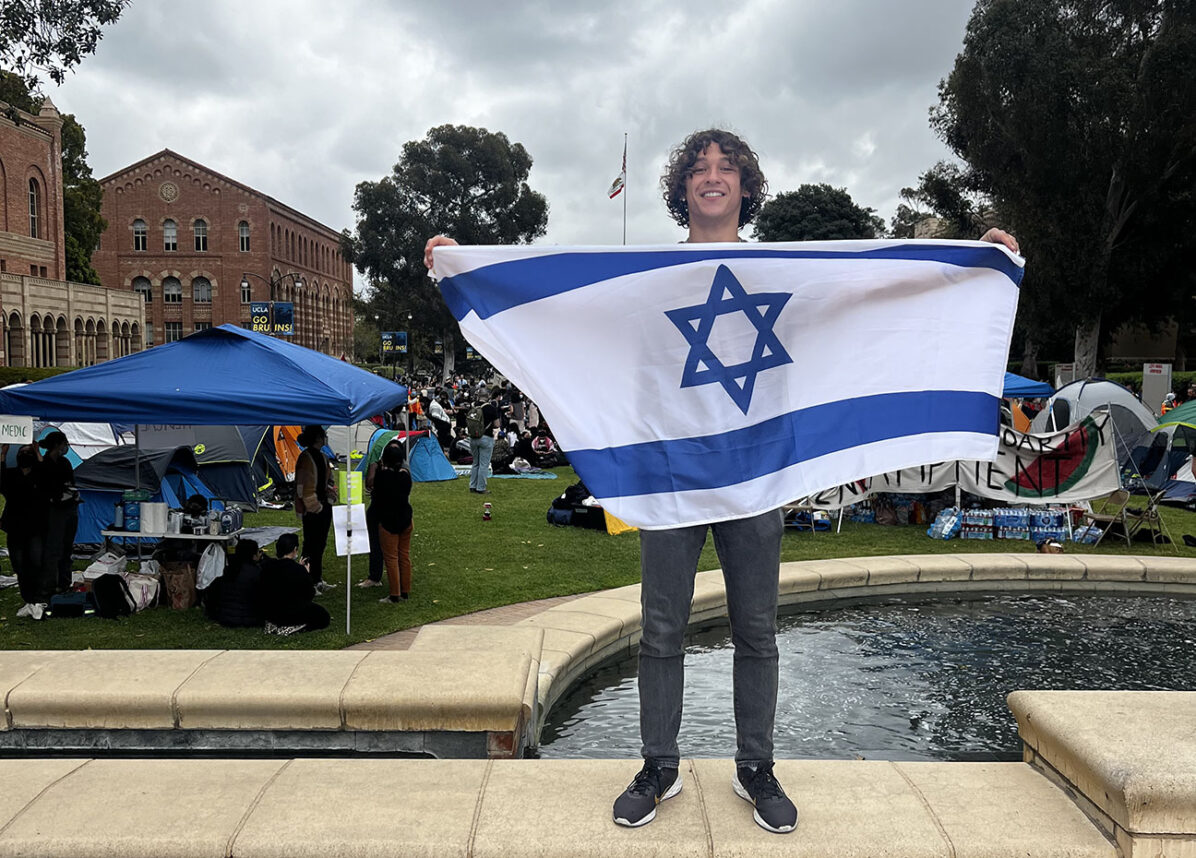

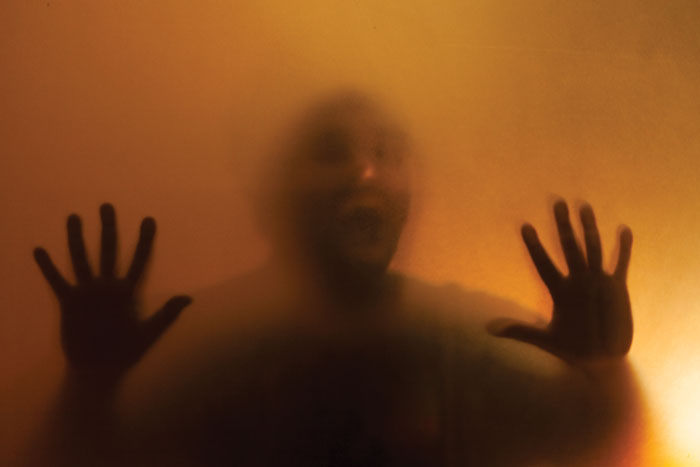
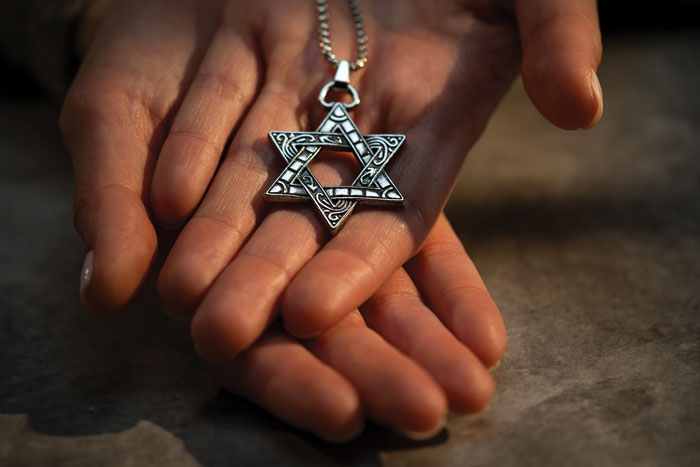

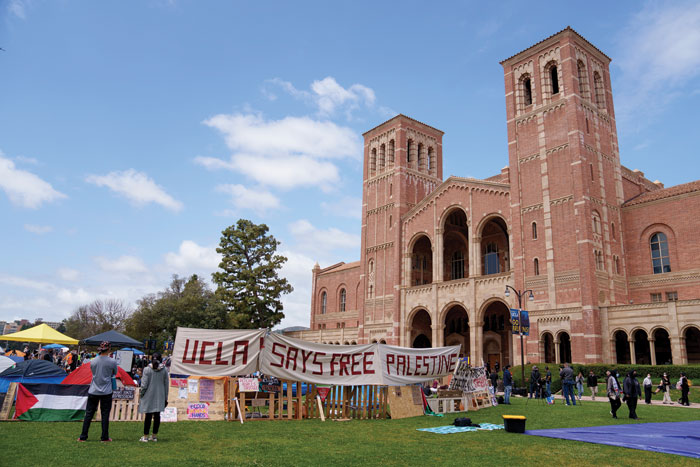




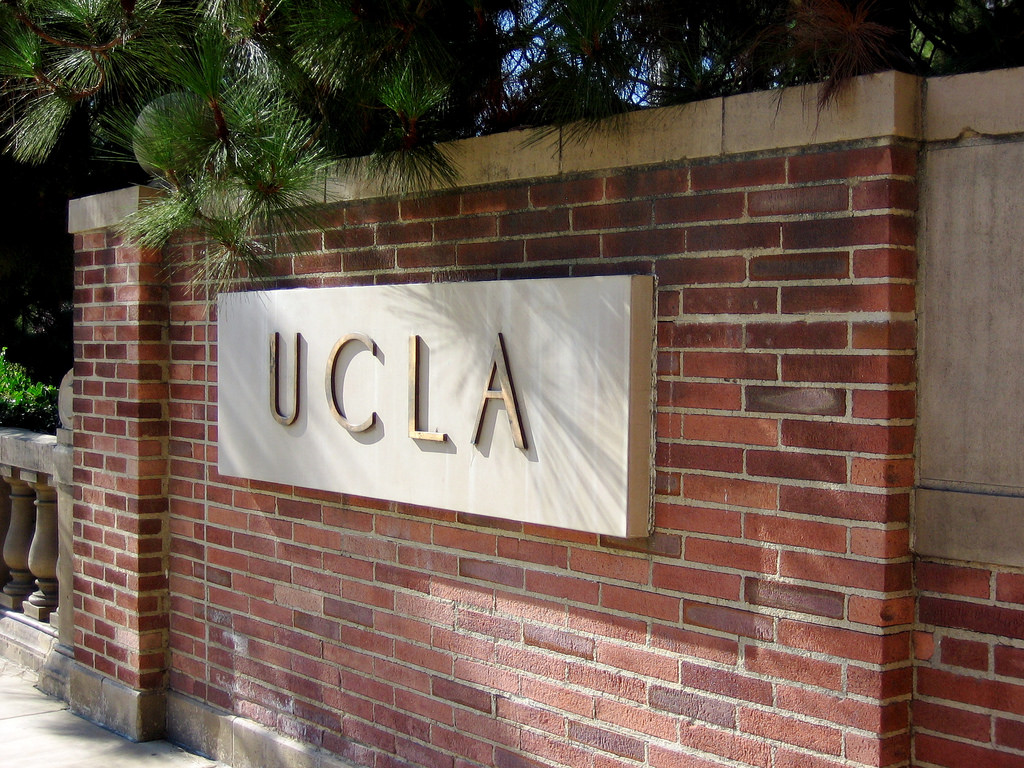





 More news and opinions than at a Shabbat dinner, right in your inbox.
More news and opinions than at a Shabbat dinner, right in your inbox.